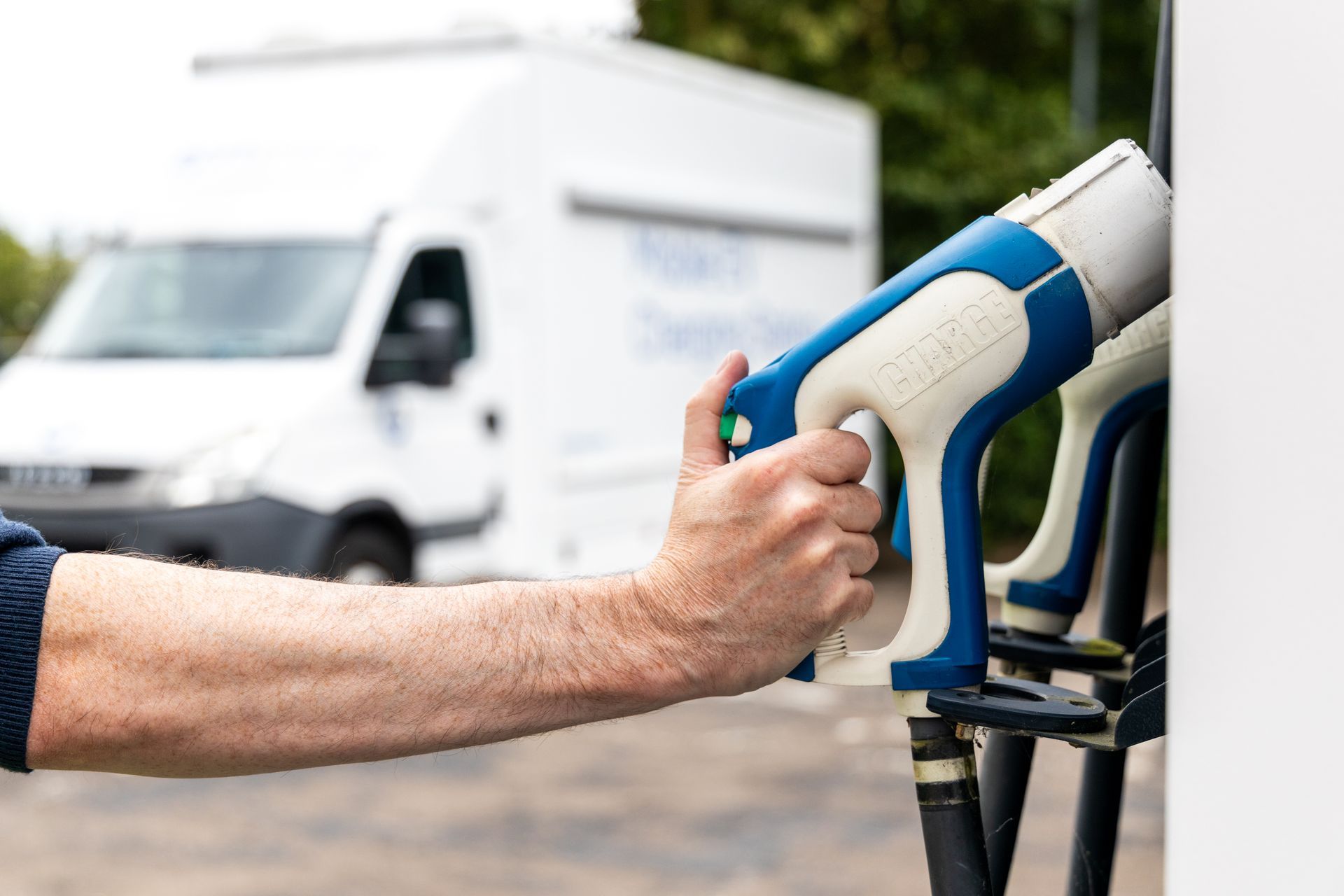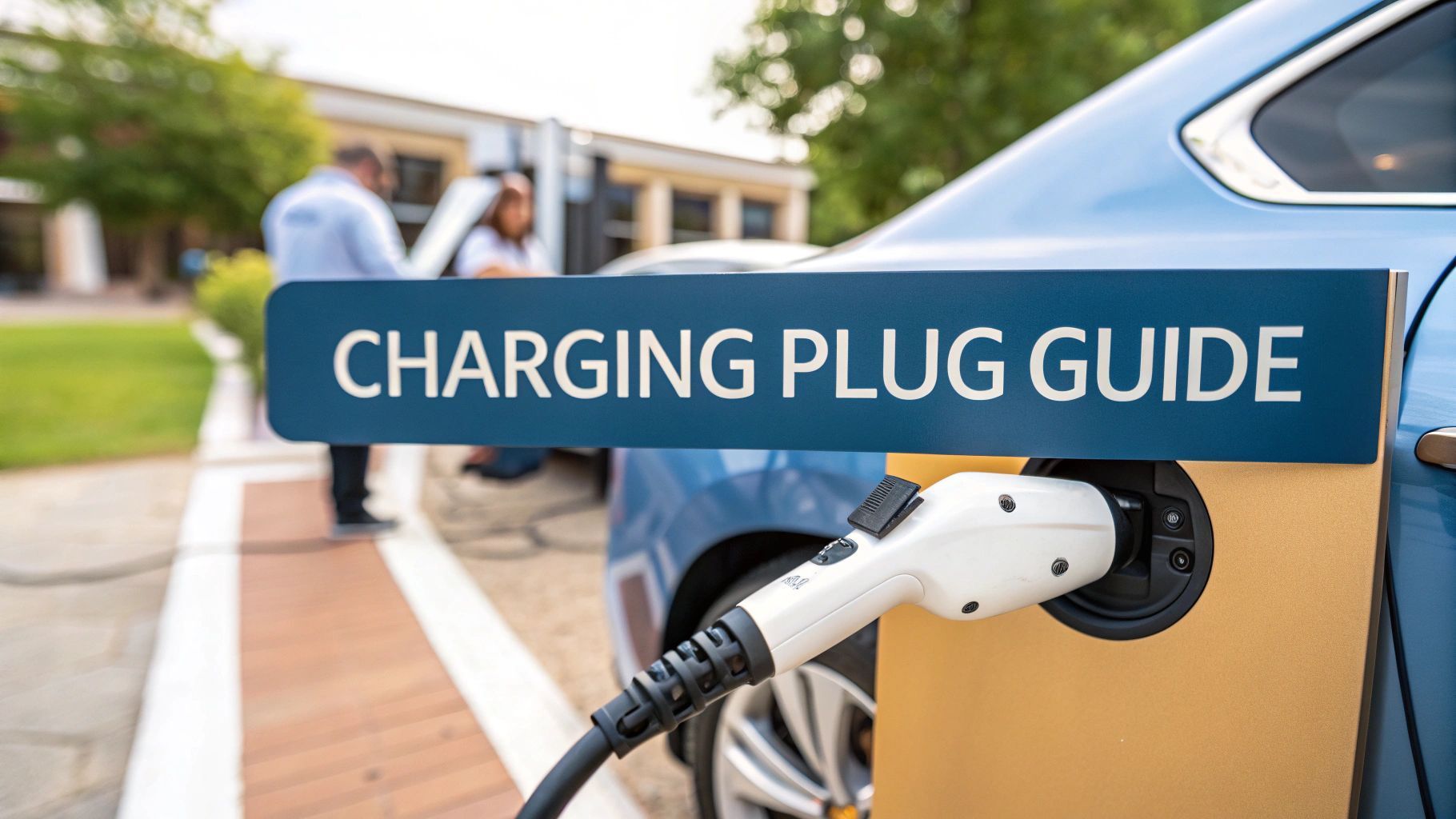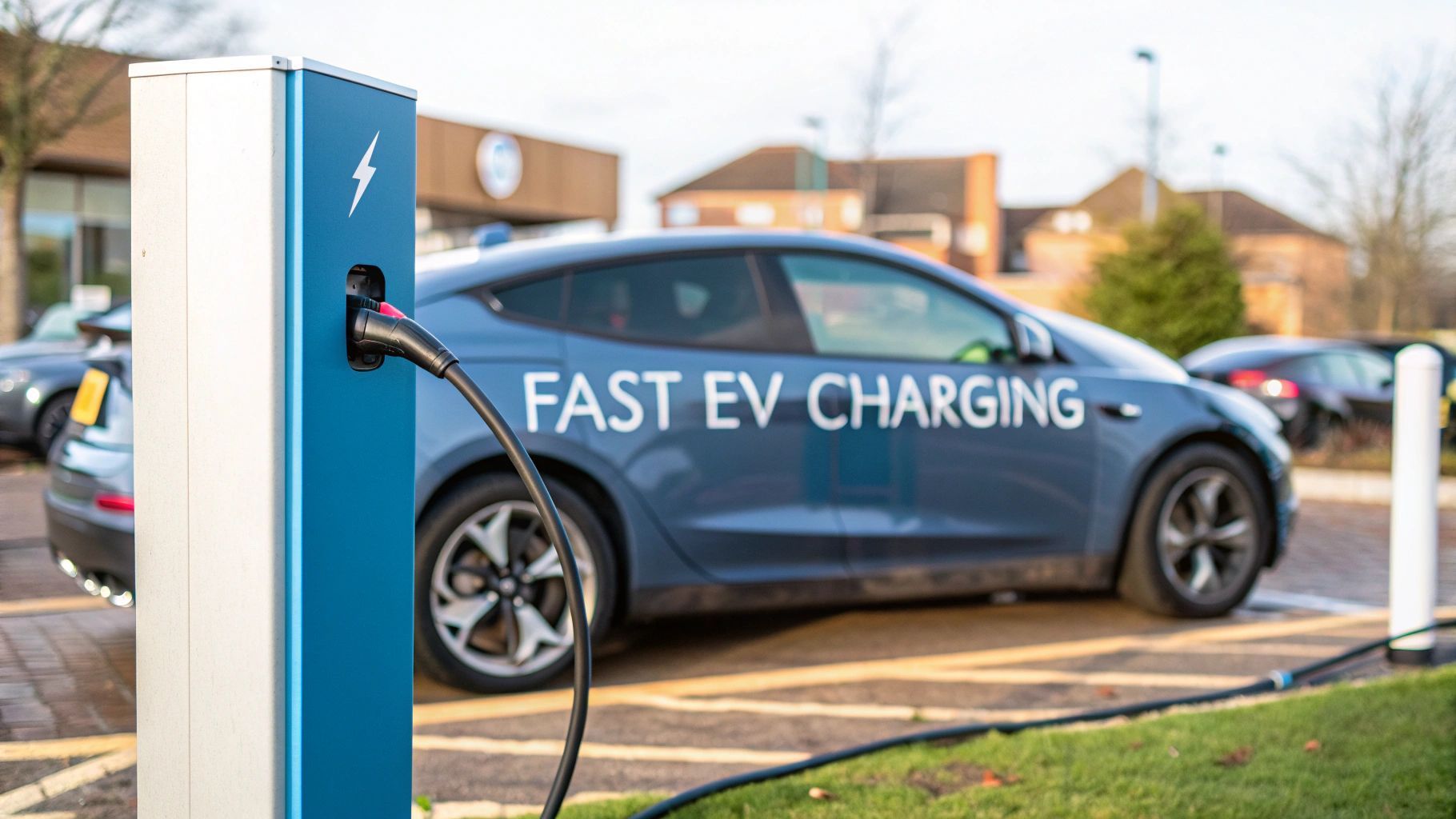Public EV Charging Networks in the UK: Key Providers and Charging Options for 2025
A 2025 overview of key UK public EV charging networks, charging speeds and access options for drivers and businesses
As the UK’s electric vehicle (EV) market continues to grow, public charging infrastructure plays an increasingly vital role in supporting this transition. A wide variety of public EV charging point networks now operate across the country, each offering different levels of access, pricing models and charger types. Understanding how these networks work can help EV drivers plan journeys more efficiently and assist businesses and marketers in navigating this fast-moving sector.
This guide breaks down the key players, types of public chargers available and important considerations when choosing a charging provider.
Types of Public EV Charging Networks
Public charging networks can be broadly categorised into national, regional and destination-based operators. Many of these networks operate under their own branding, often partnering with local councils, supermarkets or service stations.
National Networks
These providers offer widespread coverage across the UK and tend to support both rapid and ultra rapid charging. Popular national networks include:
• bp pulse – Offers a mix of slow, fast and rapid chargers with subscription and pay as you go options
• IONITY – Focuses on ultra rapid charging for long distance travel with charging hubs located near major motorways
• Gridserve Electric Highway – Replacing the former Ecotricity network this provider operates rapid and ultra rapid chargers at motorway services
• Instavolt – Known for reliable rapid chargers that require no subscription and support contactless payments
Regional and Local Networks
Some networks are concentrated in specific areas but offer dependable coverage within those regions. For example:
• GeniePoint – Prominent in areas such as the South West and North East
• ChargePlace Scotland – A government supported initiative offering one of the most extensive regional charging networks in the country
Destination Charging Networks
These are typically found at retail parks, hotels and workplaces where the vehicle remains parked for longer durations. Examples include:
• Pod Point – Widely available at supermarkets and shopping centres
• Osprey – Known for user friendly rapid chargers at retail locations and food outlets
Charging Speeds Explained
Understanding the different charging speeds is essential when choosing a public network. Chargers are generally grouped into the following categories:
- Slow Chargers (3 to 6kW)
Ideal for overnight use or long stays. These are commonly found in residential areas or long term car parks. - Fast Chargers (7 to 22kW)
Suitable for locations where vehicles are parked for a few hours such as gyms or office car parks. - Rapid Chargers (43 to 50kW)
Typically found at motorway services or petrol stations. They can charge most EVs to 80 percent in 30 to 60 minutes. - Ultra Rapid Chargers (100kW and above)
The fastest option increasingly available at dedicated charging hubs. Perfect for drivers needing to recharge quickly during long journeys.
Access and Payment Options
Ease of access remains a key factor for EV drivers. While some networks require membership or an RFID card many now support contactless card payments making ad hoc use much simpler.
Networks generally fall into three access models:
- App Based Access – Users must download an app to locate access and pay for charging. This is common with providers like Pod Point and bp pulse.
- RFID Card Access – Typically used by subscription based networks. Cards are tapped to start or stop a charging session.
- Contactless Payment – Increasingly adopted across newer charging points allowing users to pay with debit or credit cards without pre registration.
Roaming agreements are also becoming more common allowing drivers to use one account across several different networks. Examples include collaborations such as the one between Octopus Electroverse and multiple providers streamlining access for users.
Pricing Structures
Charging costs vary depending on the provider charger speed and location. Some networks offer subscription models that reduce the cost per kilowatt hour while others are pay as you go. As of 2025 average costs for rapid charging range from 60p to 85p per kilowatt hour but prices can fluctuate based on energy market conditions.
Many destination chargers particularly at supermarkets or hotels offer free charging though this is often time limited and intended for customers only.
Things to Consider When Choosing a Public Charging Network
For drivers and businesses alike several key factors influence which networks are most suitable:
- Coverage – Consider whether a network offers good local availability or supports long distance travel
- Reliability – Consistently operational chargers with minimal downtime are essential
- Ease of Use – User friendly apps clear signage and accessible payment options improve the overall experience
- Charging Speed – Match the charger type to your typical use case whether it's long journeys or local errands
- Integration with Route Planners – Some networks integrate with navigation tools to help drivers plan efficient routes with charging stops
The Future of Public Charging in the UK
The public charging landscape is evolving rapidly. Investment is increasing in ultra rapid chargers and high capacity charging hubs to accommodate rising demand. New entrants and tech partnerships are also reshaping how users access and pay for charging.
Government initiatives such as the Rapid Charging Fund and local authority schemes aim to close infrastructure gaps particularly in rural and underserved areas. As the EV market matures standardisation across networks and improved interoperability will become even more important.
Conclusion
The UK’s public EV charging point networks are diverse and growing quickly. For drivers understanding how different providers operate can make the difference between a smooth journey and a frustrating stop. For marketers and businesses this sector presents opportunities to engage with a forward thinking environmentally conscious audience.
Keeping up with the latest developments in public charging infrastructure will be essential as EV adoption accelerates and the UK's road transport shifts towards a greener future.











